Home>Garden Essentials>When To Start Hot Pepper Seeds Indoors
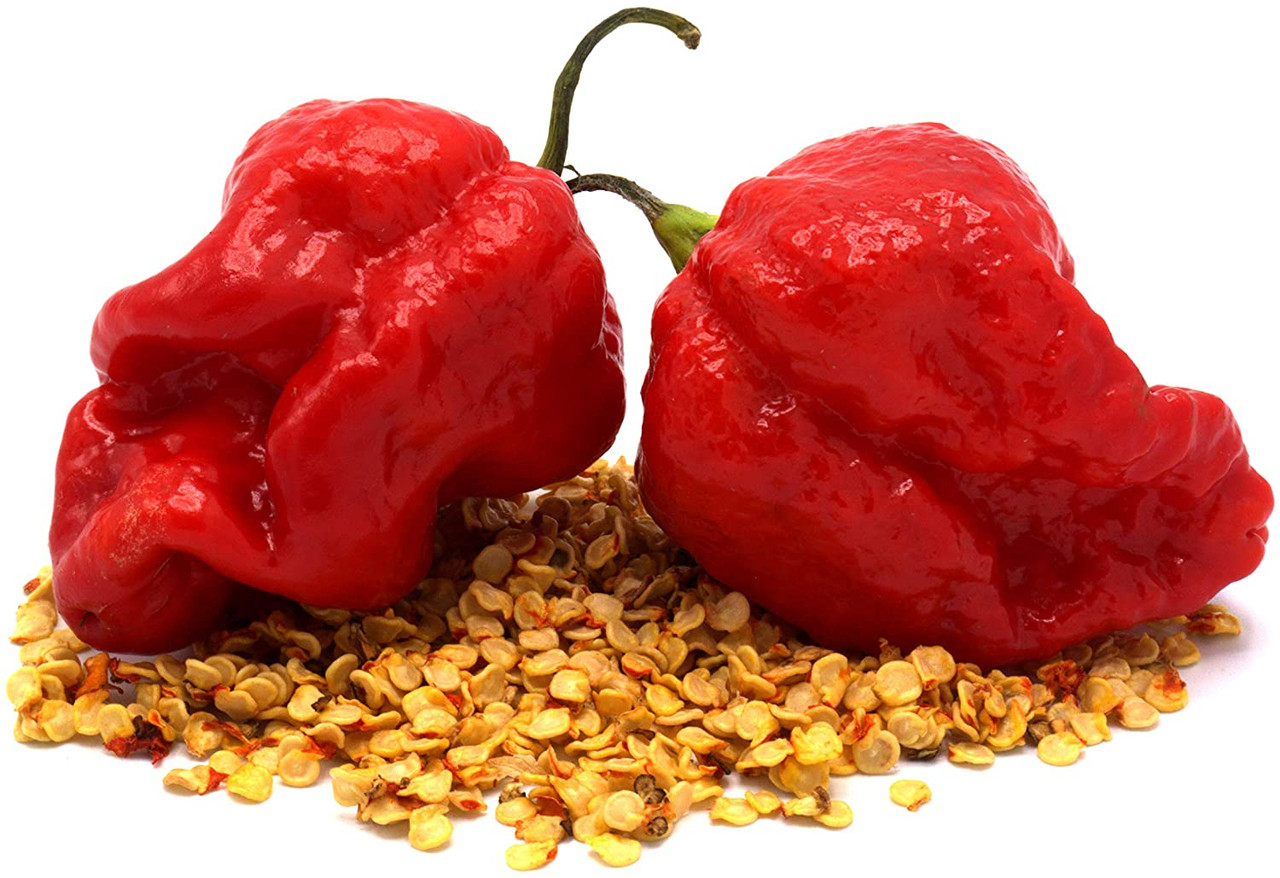

Garden Essentials
When To Start Hot Pepper Seeds Indoors
Modified: March 15, 2024
Learn when to start hot pepper seeds indoors for your garden and ensure a successful harvest. Get expert tips and advice for optimal results.
(Many of the links in this article redirect to a specific reviewed product. Your purchase of these products through affiliate links helps to generate commission for Storables.com, at no extra cost. Learn more)
Introduction
Growing hot peppers can be a rewarding experience for any avid gardener. The vibrant colors, fiery flavors, and versatility of these spicy delights make them a popular addition to any garden or culinary repertoire. While it’s possible to sow hot pepper seeds directly in the garden, starting them indoors has numerous benefits.
Starting hot pepper seeds indoors allows you to get a head start on the growing season, providing an extended period for the plants to mature and produce peppers. This is especially beneficial in regions with shorter growing seasons or cooler climates, where the outdoor growing season may be too short for the peppers to thrive.
In addition to extending the growing season, starting hot pepper seeds indoors also gives you more control over the growing conditions. You can create an ideal environment to ensure optimal germination and growth, providing the plants with a strong start to their life cycle.
Furthermore, starting hot pepper seeds indoors allows you to choose from a wide variety of pepper cultivars, including both common varieties and more exotic and rare ones. This opens up a world of possibilities and allows you to explore unique flavors, shapes, and colors in your hot pepper garden.
Not only can starting hot pepper seeds indoors result in healthier and more productive plants, but it can also be a fun and exciting project. Watching the seeds germinate, caring for the seedlings, and witnessing their growth is a gratifying experience that brings joy to many gardeners.
In this article, we will delve into the benefits of starting hot pepper seeds indoors, discuss the key factors to consider before embarking on this endeavor, explore the best time to start the seeds, provide a step-by-step guide to get you started, highlight common mistakes to avoid, and offer insights on transplanting the seedlings outdoors. By the end, you will have all the information you need to successfully start your hot pepper seeds indoors and cultivate a bountiful harvest of spicy delights.
Key Takeaways:
- Starting hot pepper seeds indoors extends the growing season, provides optimal conditions, and offers a wide variety of pepper choices, leading to a successful and flavorful pepper garden.
- Timing, proper care, and gradual transition are key to transplanting hot pepper seedlings outdoors for healthy growth and bountiful harvest.
Read more: How To Start Pepper Seeds Indoors
Benefits of Starting Hot Pepper Seeds Indoors
Starting hot pepper seeds indoors offers a range of advantages that can greatly enhance the success and productivity of your pepper plants. Let’s explore some of the key benefits:
1. Extended Growing Season: By starting hot pepper seeds indoors, you gain a head start on the growing season. This means you can begin the germination process earlier and allow the seedlings more time to mature, resulting in a longer period for fruit production. This is particularly beneficial in regions with shorter growing seasons or cooler climates, where direct sowing in the garden may not yield enough time for the peppers to reach their full potential.
2. Optimal Growing Conditions: When you start hot pepper seeds indoors, you have the ability to control various environmental factors to create optimal growing conditions. You can provide the seedlings with consistent warmth, adequate lighting, and proper moisture levels. This ensures better germination rates and healthier growth, setting the stage for robust and productive pepper plants.
3. Variety Selection: Starting hot pepper seeds indoors allows you to explore a wide range of pepper varieties and cultivars. You can choose from common favorites such as jalapeno, habanero, or cayenne, or experiment with more exotic and rare varieties. This opens up a world of flavors, heat levels, colors, and sizes, allowing you to tailor your pepper garden to your unique culinary preferences.
4. Disease and Pest Prevention: By starting hot pepper seeds indoors, you can minimize the risk of diseases and pests affecting your plants. Indoor environments are generally more controlled and protected, reducing the chances of seedlings being attacked by common garden pests or succumbing to soil-borne diseases. You can closely monitor the seedlings for any signs of trouble and take early preventive measures, increasing the chances of a successful harvest.
5. Cost-Effective: Growing hot pepper plants from seeds is more cost-effective compared to purchasing established seedlings or plants. Starting seeds indoors allows you to save money while also providing a wider selection of varieties to choose from. Additionally, you can propagate new plants from saved seeds, ensuring a continuous supply of hot peppers for future seasons.
6. Educational and Enjoyable: Starting hot pepper seeds indoors can be a fun and educational activity for gardeners of all levels. From selecting the seeds to caring for the seedlings, you get hands-on experience in the complete lifecycle of your plants. It can be a rewarding and fulfilling journey as you watch the seeds sprout, nurture the seedlings, and witness their growth over time.
With these benefits in mind, starting hot pepper seeds indoors is a valuable technique to maximize the success of your pepper garden. The advantages of extended growing seasons, controlled growing conditions, variety selection, disease prevention, cost savings, and the joy of cultivation make it a worthwhile endeavor for any pepper enthusiast.
Factors to Consider Before Starting Hot Pepper Seeds Indoors
Before you embark on the journey of starting hot pepper seeds indoors, there are several important factors to consider. These factors will help ensure that you have the necessary resources, knowledge, and preparation to give your seeds the best chance of success. Let’s explore what you should keep in mind:
1. Space and Lighting: Hot pepper seedlings require sufficient space and access to proper lighting to grow strong and healthy. Evaluate the space you have available, whether it’s a sunny windowsill, a greenhouse, or a dedicated indoor growing area. Ensure that the area receives at least 6 to 8 hours of direct sunlight each day or provide supplemental grow lights to meet the plants’ light requirements.
2. Germination Temperature: Hot peppers require specific temperatures for successful germination. Most varieties germinate best at temperatures between 75°F to 85°F (24°C to 29°C). Determine whether you can maintain these temperatures consistently in your indoor environment or if you need additional equipment such as heat mats or a thermostat-controlled setup to create the ideal conditions.
3. Seed Quality: The quality of the hot pepper seeds you use plays a crucial role in the success of your indoor seed starting. Choose seeds from reputable sources, ensuring they are fresh, viable, and free from diseases or pests. Consider saving seeds from your own homegrown peppers, but be aware that some hybrid varieties may not produce true-to-type offspring.
4. Seed Starting Medium: Selecting the right seed starting medium is essential for the germination and early growth of your hot pepper seeds. Use a well-draining and sterile seed starting mix, which provides a balanced combination of moisture retention and aeration. Avoid using regular garden soil, as it can be heavy and may harbor harmful pathogens.
5. Watering and Humidity: Proper watering is crucial in the early stages of seedling development. Hot pepper seedlings require consistent moisture, but overwatering can lead to damping-off disease or root rot. Use a spray bottle or a bottom-watering technique to keep the seedlings hydrated without saturating the soil. Be mindful of the humidity levels as well, as excessively dry or humid conditions can negatively affect germination and seedling growth.
6. Transplanting Timeline: Consider the appropriate timing for transplanting your hot pepper seedlings outdoors. They should be hardened off gradually, which involves gradually exposing them to outdoor conditions to acclimate them to the change. Plan for the average last frost date in your region and ensure that your seedlings are strong and resilient before transplanting them into the garden.
7. Pest and Disease Management: Although starting seeds indoors reduces the risk of pests and diseases, it’s still essential to be prepared for potential issues. Learn about common pests and diseases that affect hot pepper plants and implement preventive measures such as using sterile seed starting mix, practicing good hygiene, and monitoring the plants for any signs of infestation or disease.
8. Patience and Dedication: Growing hot pepper seeds indoors requires patience and dedication. It’s important to maintain consistent care, including watering, monitoring growth, and providing appropriate support as the seedlings develop. Understand that it takes time for peppers to grow and produce fruit, so be prepared for a longer growing season compared to purchasing established plants.
By considering these important factors before starting hot pepper seeds indoors, you can better prepare yourself for a successful growing experience. Addressing these considerations will set the stage for healthy seedlings, robust plants, and a bountiful harvest of spicy peppers to enjoy.
Best Time to Start Hot Pepper Seeds Indoors
Timing plays a crucial role in the success of starting hot pepper seeds indoors. Starting too early or too late can result in stunted growth, delayed fruiting, or even the failure of your pepper plants. The best time to start hot pepper seeds indoors depends on several factors, including your location, the specific pepper variety, and the desired transplanting date. Let’s explore the optimal timeline for starting hot pepper seeds indoors:
1. Determine the Last Frost Date: The first step in determining the best time to start hot pepper seeds indoors is to know the average last frost date in your region. This date signifies the end of the frosty weather and the start of the growing season. Consult your local agricultural extension service or use online resources to find the estimated last frost date for your area.
2. Count Backwards: Once you have the last frost date, count backwards to determine when to start your hot pepper seeds indoors. Most hot pepper varieties require approximately 8 to 10 weeks of indoor growth before they are ready for transplanting. This duration allows the seedlings to develop a strong root system and reach a size that can withstand outdoor conditions.
3. Consider Days to Germination: Take into account the average number of days it takes for the hot pepper seeds to germinate. This information can usually be found on the seed packet or obtained from the seed supplier. Add this time to the total countdown to ensure that the seeds have ample time to sprout and develop into healthy seedlings before the desired transplanting date.
4. Factor in Pepper Variety: Different pepper varieties have varying growth rates. Some hotter varieties may take longer to germinate and grow compared to milder ones. Refer to the specific instructions provided on the seed packet or do some research on the average growth duration for your chosen pepper variety. Adjust your starting time accordingly to accommodate these differences.
5. Adjust for Indoor Growing Conditions: Keep in mind that the indoor growing environment can affect the rate of growth and development of your hot pepper seedlings. Cooler temperatures and lower light levels may slow down growth, while warmer temperatures and ample lighting can expedite it. Adjust your starting time accordingly, considering the conditions in your indoor growing space.
6. Trial and Error: It’s important to note that the best time to start hot pepper seeds indoors can vary even within the same region or between different growers. Factors such as microclimates, individual gardening practices, and personal preferences can influence the optimal timing for starting seeds. It may take some trial and error to fine-tune the ideal timing for your specific circumstances.
By considering the last frost date, counting backwards, factoring in days to germination, considering the pepper variety, adjusting for indoor conditions, and utilizing your own experiences, you can determine the best time to start hot pepper seeds indoors. Remember to keep track of success and failures each year to continually refine your timing and maximize the growth potential of your hot peppers.
Start hot pepper seeds indoors 8-10 weeks before the last frost date in your area. This will give them enough time to grow into healthy seedlings before transplanting them outside. Keep the seeds warm and provide plenty of light for successful germination.
Step-by-Step Guide to Starting Hot Pepper Seeds Indoors
If you’re ready to embark on the journey of starting hot pepper seeds indoors, follow this step-by-step guide to ensure successful germination and healthy seedling growth:
Step 1: Gather Supplies
- Hot pepper seeds of your choice
- Seed starting trays or containers
- Sterile seed starting mix
- Plastic wrap or a humidity dome
- Grow lights or a sunny windowsill
- Heat mats (optional, for temperature control)
- Spray bottle for watering
- Plant markers or labels
Step 2: Prepare Seed Starting Mix
Moisten the seed starting mix with water to create a slightly damp but not soggy medium. Fill the seed trays or containers with the moistened mix, leaving a small gap at the top for watering and seed placement.
Step 3: Sow the Seeds
Plant two to three seeds per cell or container, placing them about a quarter-inch deep into the seed starting mix. Space the seeds evenly to allow room for the seedlings to grow. Gently press the mix down around the seeds to ensure good soil-to-seed contact.
Step 4: Provide Proper Lighting
If using natural light, place the seed trays near a south-facing window where the peppers will receive at least 6 to 8 hours of direct sunlight each day. Alternatively, use grow lights positioned 2 to 4 inches above the seedlings, providing 12 to 16 hours of light per day. Adjust the lights as the seedlings grow to maintain an appropriate distance.
Step 5: Control the Temperature
Hot pepper seeds require warm temperatures for successful germination. Aim for a consistent temperature range of 75°F to 85°F (24°C to 29°C). Use heat mats placed beneath the trays or containers to maintain the desired temperature if necessary. Monitoring the temperature with a thermometer is essential to ensure optimal conditions.
Step 6: Maintain Proper Moisture
Keep the seed starting mix lightly moist throughout the germination and seedling stages. Use a spray bottle to mist the soil whenever it feels dry to the touch. Avoid overwatering, which can lead to fungal diseases. The use of a plastic wrap or humidity dome can help retain moisture and create a mini greenhouse effect, promoting germination.
Step 7: Thin Out Seedlings (Optional)
If multiple seeds germinate in the same cell or container, thin them out once they develop a few sets of true leaves. Remove the weaker or less vigorous seedlings, keeping the healthiest and strongest ones to ensure optimal growth.
Step 8: Provide Air Circulation
Air circulation is crucial for healthy seedling growth. Gently run your hand over the seedlings periodically to mimic the effects of wind and strengthen their stems. You can also use a small fan set on low to provide gentle airflow, reducing the risk of damping-off disease.
Step 9: Harden Off and Transplant
Before transplanting your hot pepper seedlings outdoors, gradually acclimate them to outdoor conditions through a process called hardening off. Gradually expose them to outdoor temperatures, starting with a few hours a day and increasing the duration over a 7 to 10-day period. This helps the seedlings adjust to the changes in temperature, wind, and sun exposure.
By following this step-by-step guide, you can successfully start your hot pepper seeds indoors and nurture them into healthy seedlings ready for transplanting. Remember to provide the necessary light, temperature, moisture, and airflow requirements for optimal growth, and adapt the steps to fit your specific growing conditions and pepper varieties.
Read more: When To Start Seeds Indoors
Common Mistakes to Avoid When Starting Hot Pepper Seeds Indoors
Starting hot pepper seeds indoors can be an exciting and rewarding experience, but it’s important to be aware of common mistakes that can hinder the success of your seedlings. By avoiding these pitfalls, you can increase your chances of growing healthy and vigorous hot pepper plants. Here are some key mistakes to steer clear of:
1. Starting Too Early or Too Late: Timing is crucial when starting hot pepper seeds indoors. Starting them too early can result in tall, leggy seedlings that are difficult to transplant. On the other hand, starting them too late may delay fruiting or prevent the peppers from fully maturing before the end of the growing season. Follow recommended seed starting times and consider your local frost dates for optimal timing.
2. Overwatering or Underwatering: Proper moisture levels are essential for seed germination and seedling development. Overwatering can lead to damping-off disease and root rot, while underwatering can stunt growth and weaken the plants. Maintain a balance by keeping the seed starting mix consistently moist but not waterlogged. Use a spray bottle to mist the soil as needed, ensuring it stays lightly damp.
3. Insufficient Lighting: Inadequate light is a common mistake when starting hot pepper seeds indoors. Insufficient light can result in weak, spindly seedlings that struggle to thrive. Ensure that your seedlings receive 12 to 16 hours of bright light per day. If natural light is limited, supplement with grow lights positioned 2 to 4 inches above the plants to provide adequate brightness.
4. Using Regular Garden Soil: Avoid using regular garden soil when starting hot pepper seeds indoors. Garden soil can be heavy, retain too much moisture, and contain pathogens that can harm the seedlings. Instead, use a sterile seed starting mix that provides good drainage and aeration. This will help prevent diseases and promote healthy root development.
5. Lack of Air Circulation: Proper air circulation is essential for strong and sturdy seedling growth. Avoid overcrowding the seedlings and ensure they have enough space to grow. Gentle air movement, either through a fan set on low or by lightly brushing your hand over the plants, helps strengthen the stems and reduces the risk of damping-off disease.
6. Neglecting Temperature Control: Hot pepper seeds require warm temperatures for successful germination. Avoid placing them in areas that are too cold or fluctuate in temperature. Aim for a consistent temperature range of 75°F to 85°F (24°C to 29°C). Consider using heat mats to maintain the desired temperature and create an optimal germination environment.
7. Skipping the Hardening Off Process: Hardening off is an important step before transplanting hot pepper seedlings outdoors. It involves gradually acclimatizing the seedlings to outdoor conditions by exposing them to increasing periods of time outside. Skipping this process can shock and stress the seedlings, leading to transplant shock and poor growth. Gradually introduce them to outdoor conditions over a 7 to 10-day period to ensure a successful transition.
8. Overcrowding Seedlings: It can be tempting to sow many seeds in a small space to maximize output. However, overcrowding seedlings can result in competition for light, water, and nutrients, leading to weak and leggy growth. Follow spacing recommendations, and thin out any excess seedlings to give the remaining ones room to flourish.
By avoiding these common mistakes, you can set your hot pepper seedlings on the path to success. Remember to provide the right timing, proper lighting, optimal moisture levels, good air circulation, consistent temperature, and a gradual transition to the outdoors. With attention to detail and care, you’ll be rewarded with healthy and productive hot pepper plants.
Transplanting Hot Pepper Seedlings Outdoors
Once your hot pepper seedlings have matured indoors and the threat of frost has passed, it’s time to transplant them into the outdoor garden. Proper transplanting techniques will help ensure a smooth transition and promote healthy growth and fruit production. Follow these steps to successfully transplant your hot pepper seedlings:
Step 1: Choose the Right Location
Select a planting location that receives full sun, with at least 6 to 8 hours of direct sunlight per day. Ensure the soil is well-draining and rich in organic matter, as hot peppers prefer fertile soil. Amend the soil with compost or well-rotted manure if needed to improve its nutrient content and drainage.
Step 2: Prepare the Soil
Before transplanting, prepare the planting area by removing any weeds, rocks, or debris. Dig a hole slightly larger than the size of the seedling’s root ball. Add organic fertilizer or compost to the hole to provide additional nutrients for the plants.
Step 3: Harden Off the Seedlings
Prior to transplanting, gradually acclimate the seedlings to outdoor conditions through a process called hardening off. Place the seedlings outdoors in a sheltered, shady spot for a few hours each day. Increase their exposure to sunlight and outdoor conditions gradually over a 7 to 10-day period. This helps them adjust to fluctuations in temperature, wind, and sunlight intensity.
Step 4: Transplant Carefully
Water the seedlings thoroughly before transplanting to ensure the soil around the roots is moist. Gently loosen the root ball from the container by tapping on the bottom or squeezing the sides. Carefully remove the seedling from the container, handling it by the leaves to avoid damaging the delicate stem.
Step 5: Plant at the Right Depth
Place the seedling into the prepared hole, ensuring that the top of the root ball is level with or slightly below the soil surface. Backfill the hole with soil, gently pressing it down around the root ball to eliminate air pockets. Avoid compacting the soil too firmly, as this can hinder root development.
Step 6: Water and Mulch
Water the newly transplanted seedlings immediately and deeply to settle the soil around the roots. Apply a layer of organic mulch, such as straw or wood chips, around the base of the plants to conserve moisture and suppress weed growth. Leave a small space around the stem to prevent fungal diseases.
Step 7: Provide Support (if necessary)
If you’re growing hot pepper varieties with larger or heavier fruits, consider providing support to prevent the plants from bending or breaking under the weight. Install cages, stakes, or trellises around the plants at the time of transplanting to provide the necessary support as they grow.
Step 8: Maintain Care
Continue to care for your transplanted hot pepper seedlings by providing regular watering, appropriate fertilization, and monitoring for pests and diseases. Water deeply and consistently, but avoid overwatering, which can lead to root rot. Monitor for signs of pests and diseases and take appropriate action if necessary.
By following these transplanting steps and providing proper care, your hot pepper seedlings will transition seamlessly into your outdoor garden. With time, they will grow into robust plants and reward you with a bountiful harvest of spicy and flavorful peppers to enjoy in your favorite recipes.
Conclusion
Starting hot pepper seeds indoors is a rewarding endeavor that offers numerous benefits for gardeners. By extending the growing season, providing optimal conditions, and exploring a wide range of pepper varieties, you can enjoy a successful and productive pepper garden. However, it is important to keep in mind key factors, such as space, lighting, seed quality, and watering, to ensure the best possible start for your hot pepper seeds.
Timing is crucial when starting hot pepper seeds indoors, and considering the last frost date and the specific requirements of your pepper varieties is essential. Planning and following a step-by-step guide can help you avoid common mistakes and foster healthy seedlings. From preparing the seed starting mix to transplanting the seedlings outdoors, each step plays a vital role in nurturing strong and productive plants.
Once transplanted outdoors, continue to provide proper care, including watering, fertilizing, staking (if necessary), and monitoring for pests and diseases. This dedication will promote the growth and development of your hot pepper plants, leading to a bountiful harvest of fiery and flavorful peppers.
Remember, starting hot pepper seeds indoors is not only a practical way to extend the growing season and control the growing conditions but also an enjoyable and educational experience. The joy of watching the seeds sprout, caring for the seedlings, and witnessing their transformation into mature plants is a gratifying journey for every gardener.
So, whether you’re an experienced green thumb or a novice gardener, don’t hesitate to start hot pepper seeds indoors. With the right knowledge, preparation, and care, you can enjoy the thrill of cultivating your own spicy delights, adding a fiery touch to your culinary creations and bringing vibrant color to your garden.
Get your seeds, prepare your space, and embark on the journey of starting hot pepper seeds indoors. Happy gardening and may your harvest be filled with an abundance of delicious and spicy peppers!
Frequently Asked Questions about When To Start Hot Pepper Seeds Indoors
Was this page helpful?
At Storables.com, we guarantee accurate and reliable information. Our content, validated by Expert Board Contributors, is crafted following stringent Editorial Policies. We're committed to providing you with well-researched, expert-backed insights for all your informational needs.
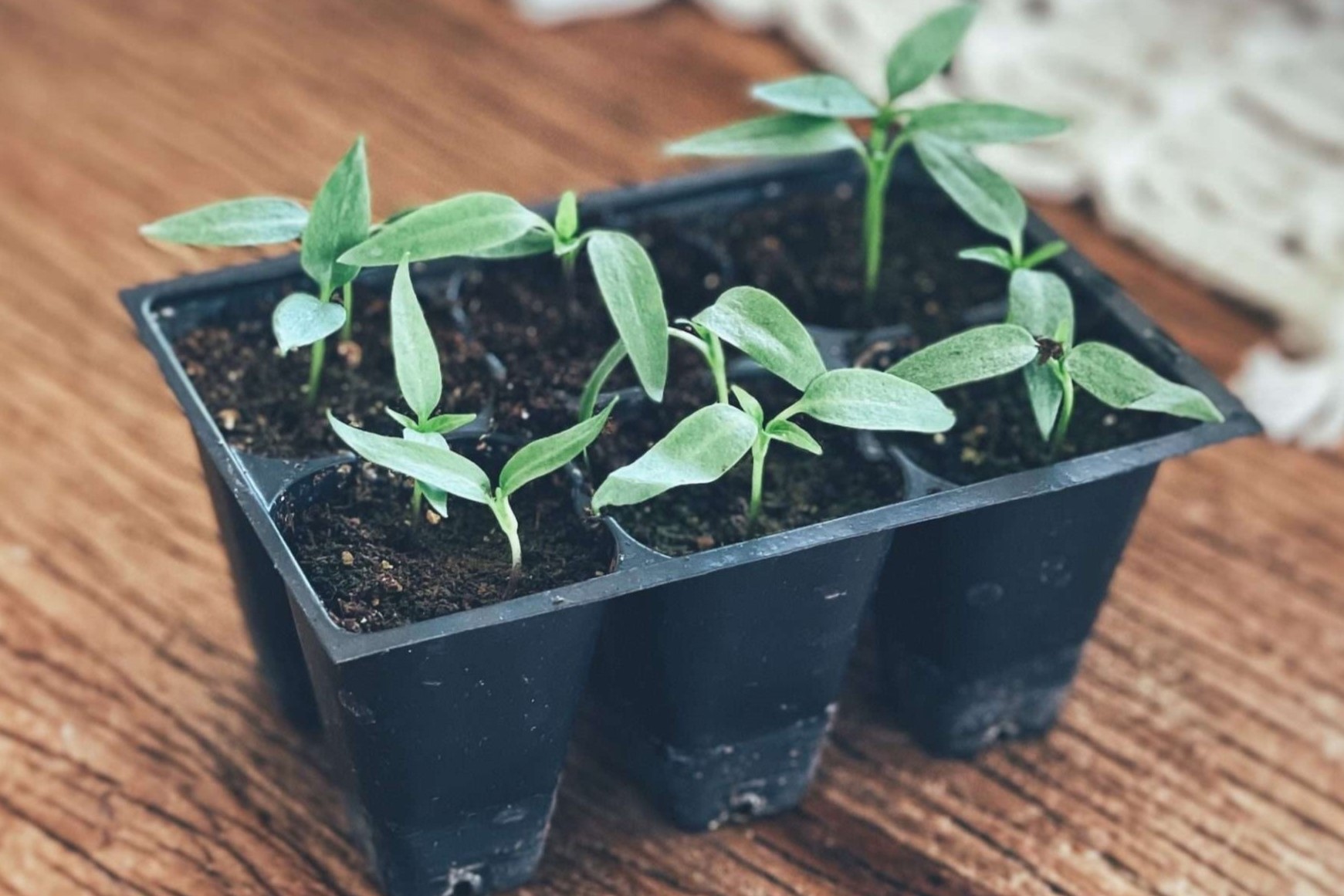
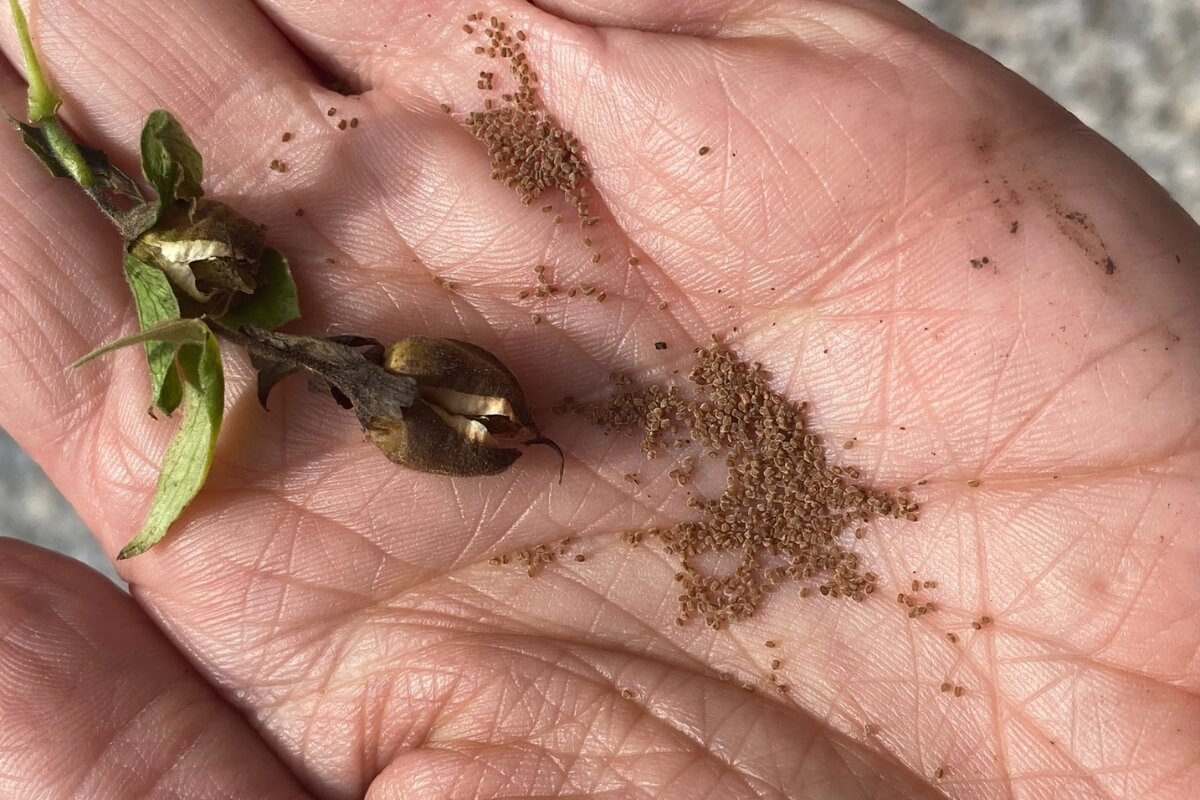
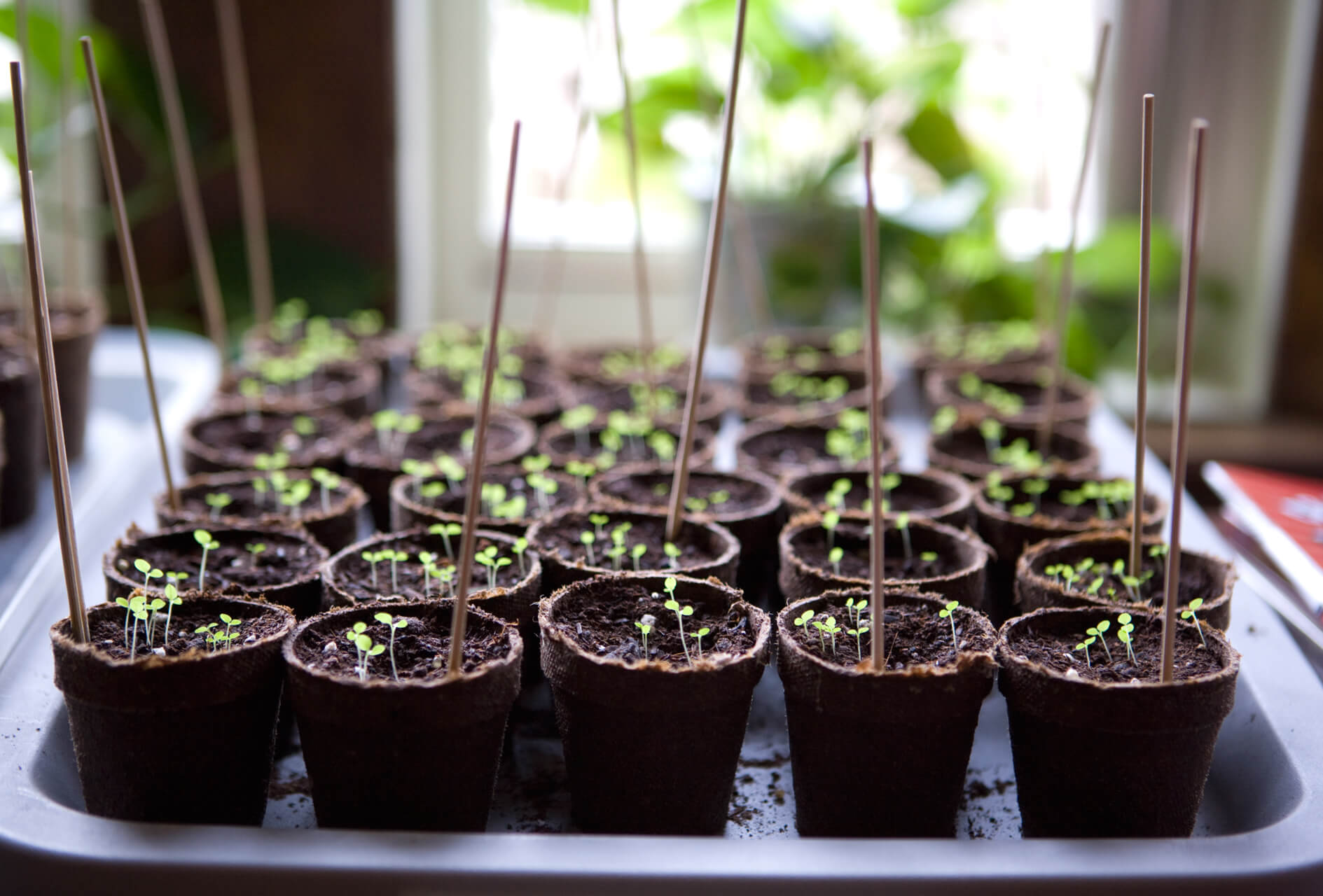
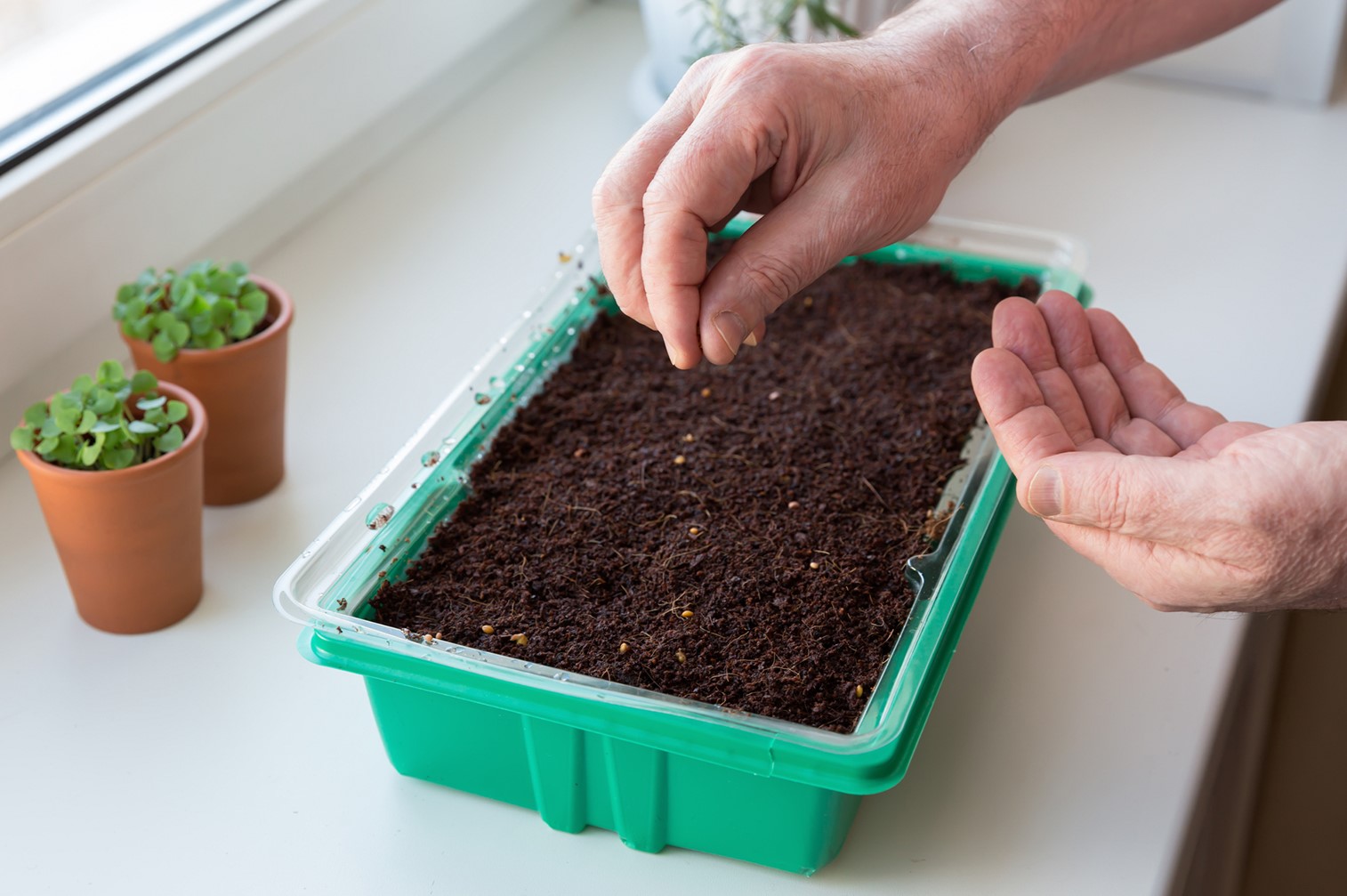
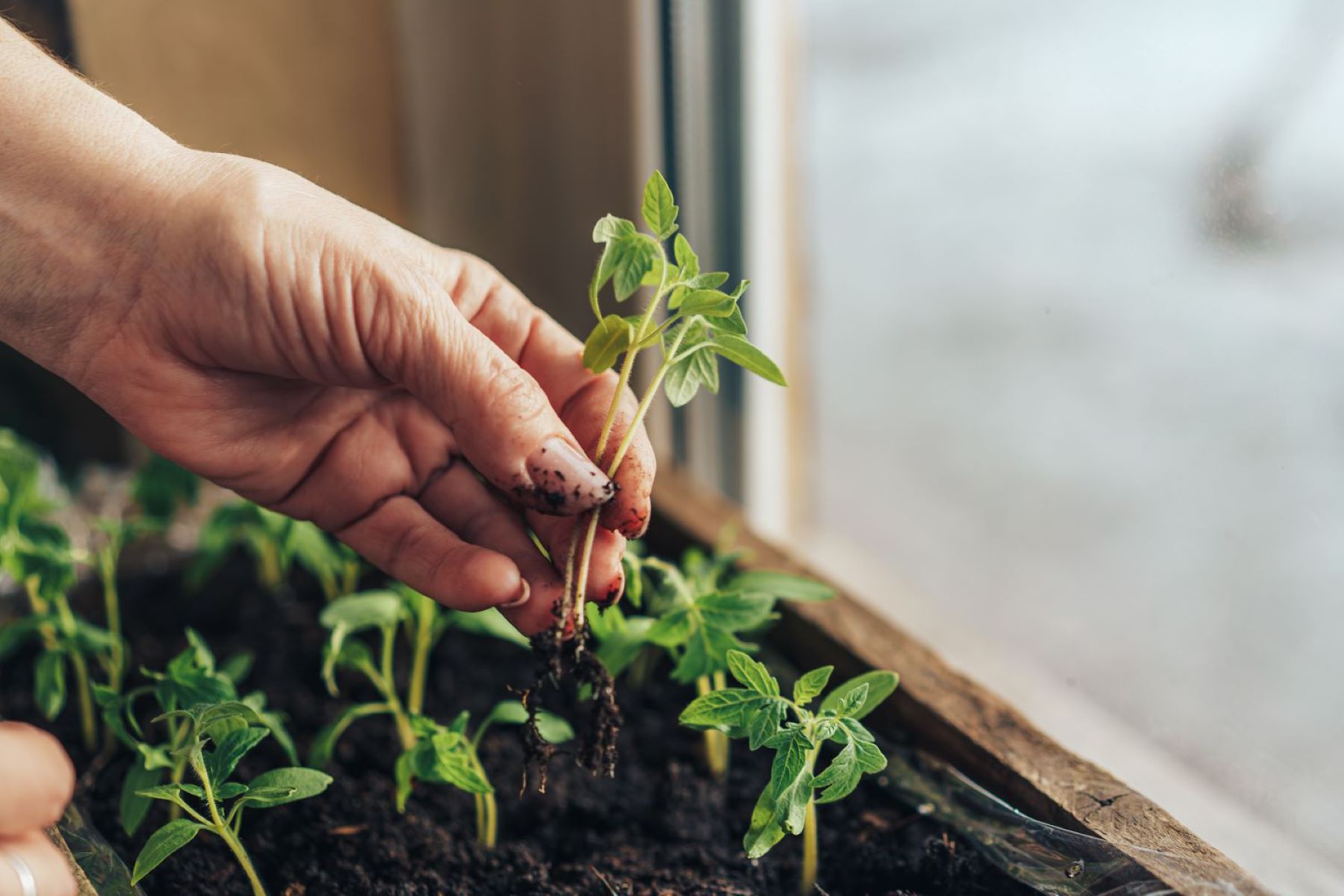
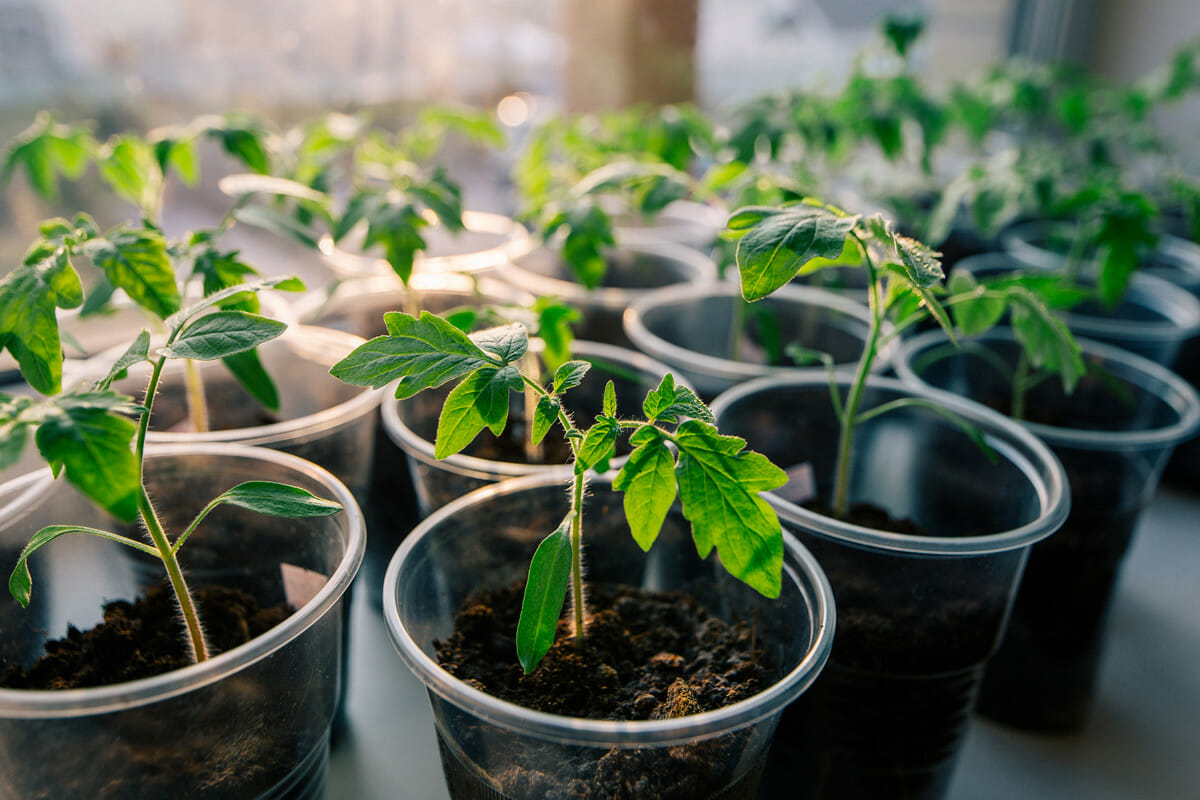
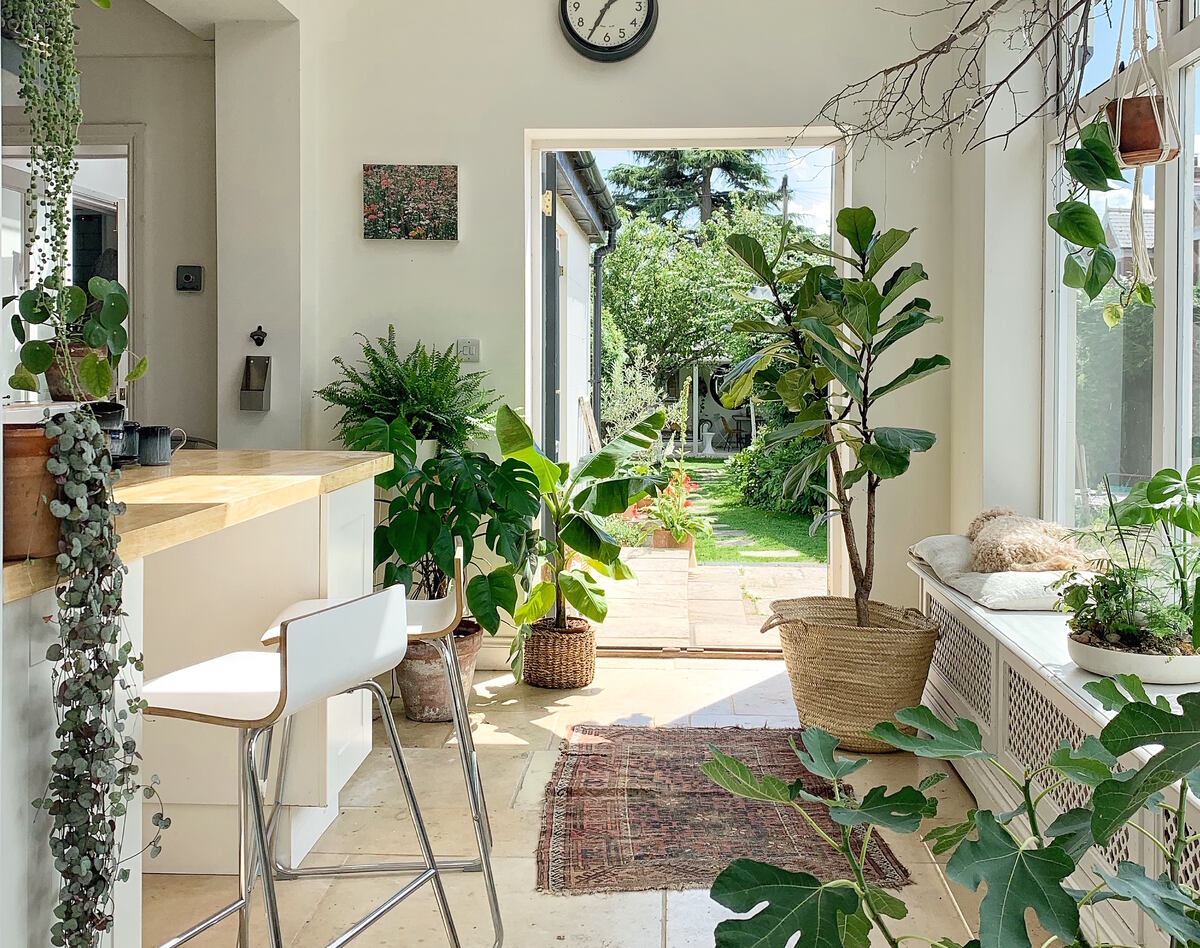
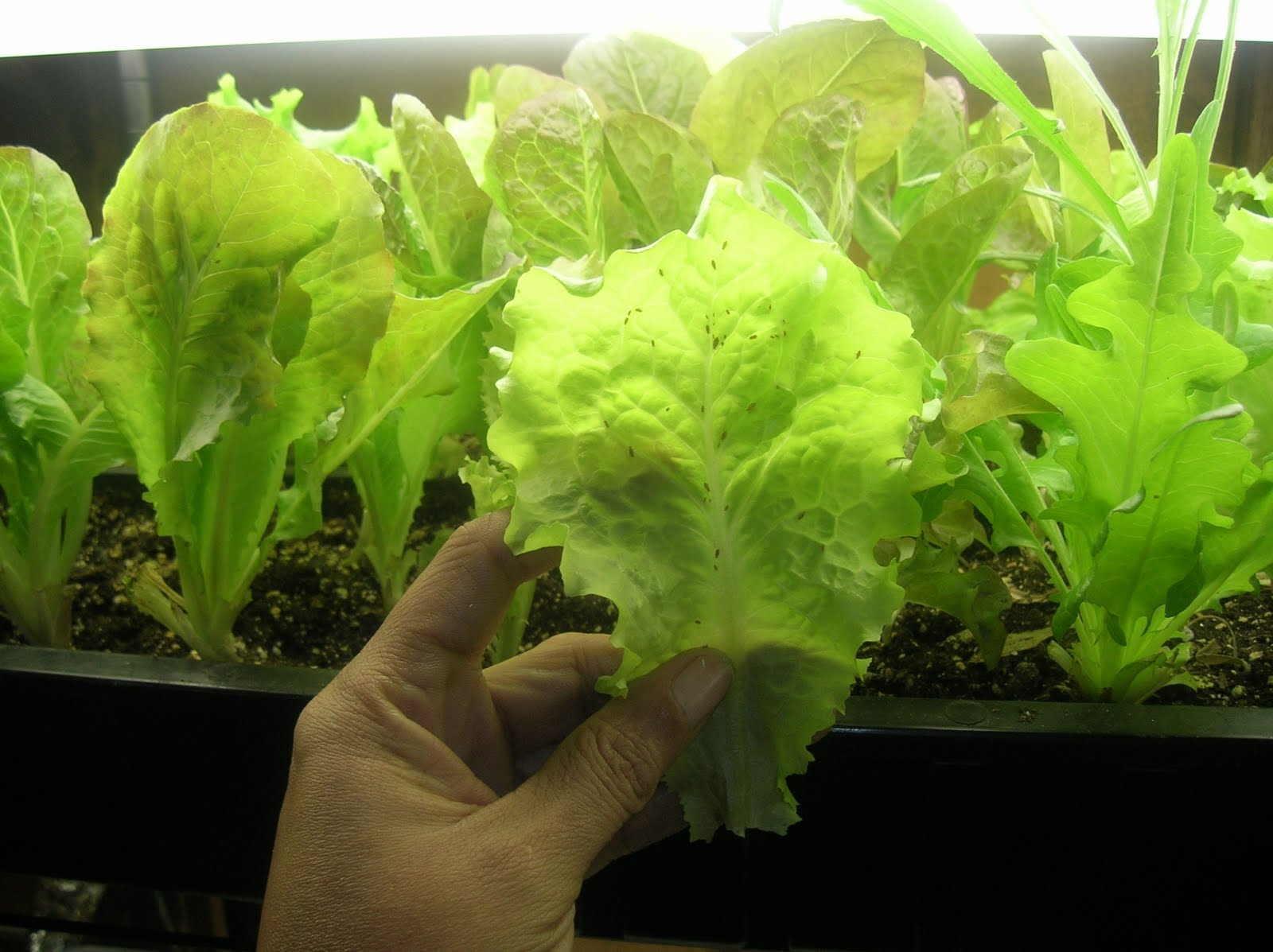
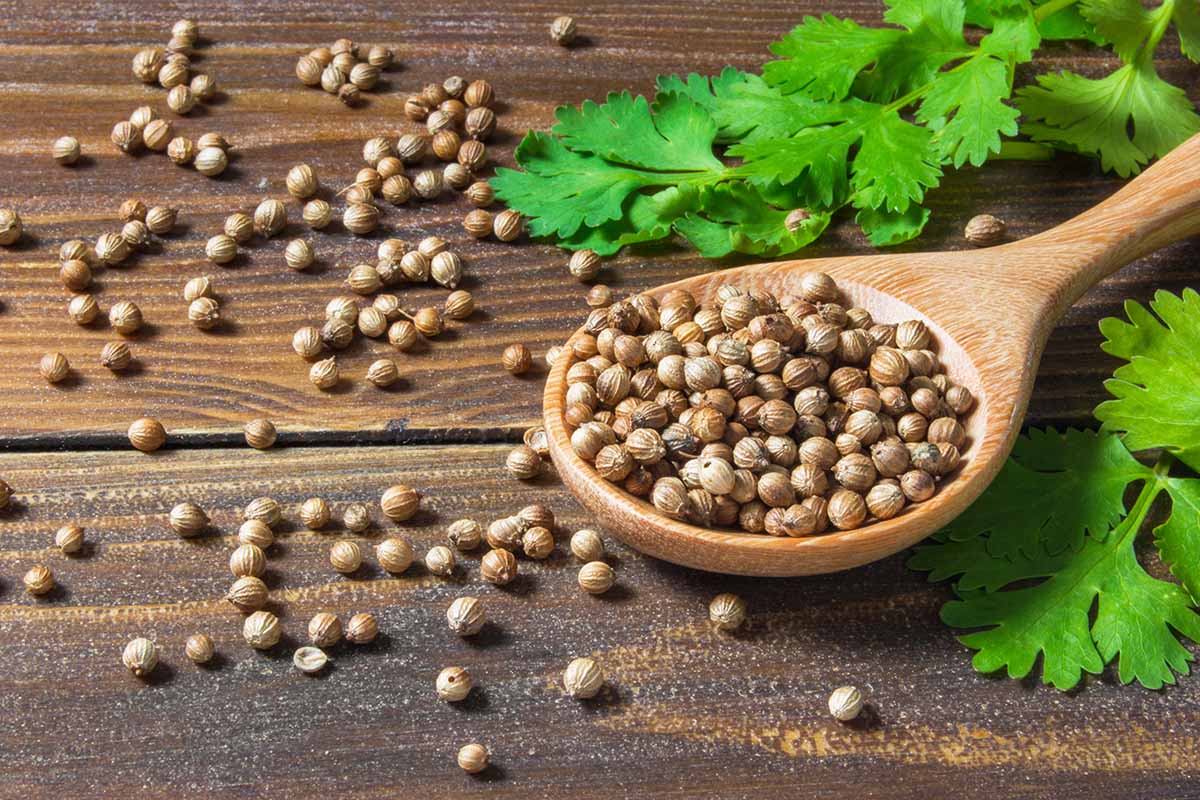
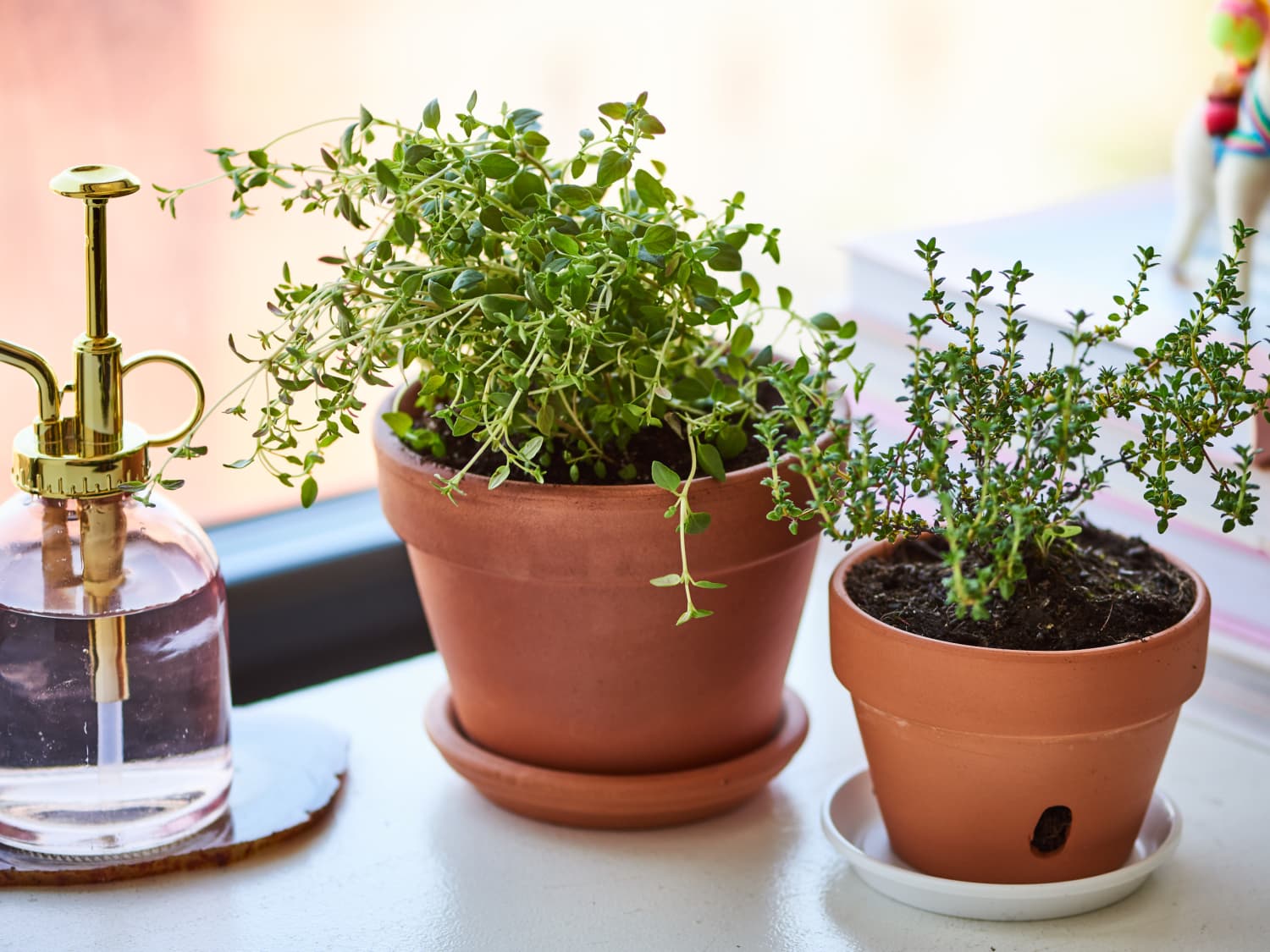
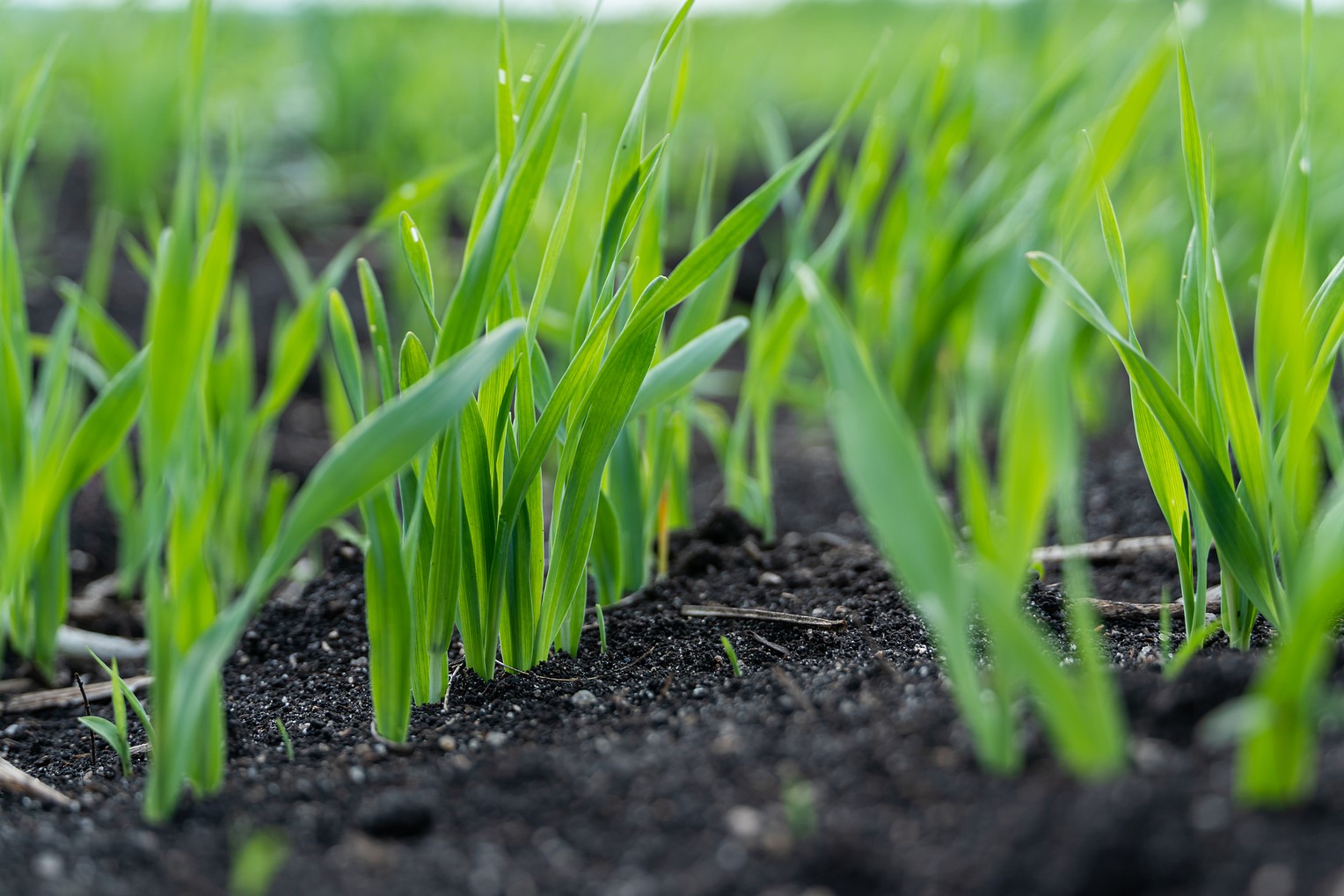
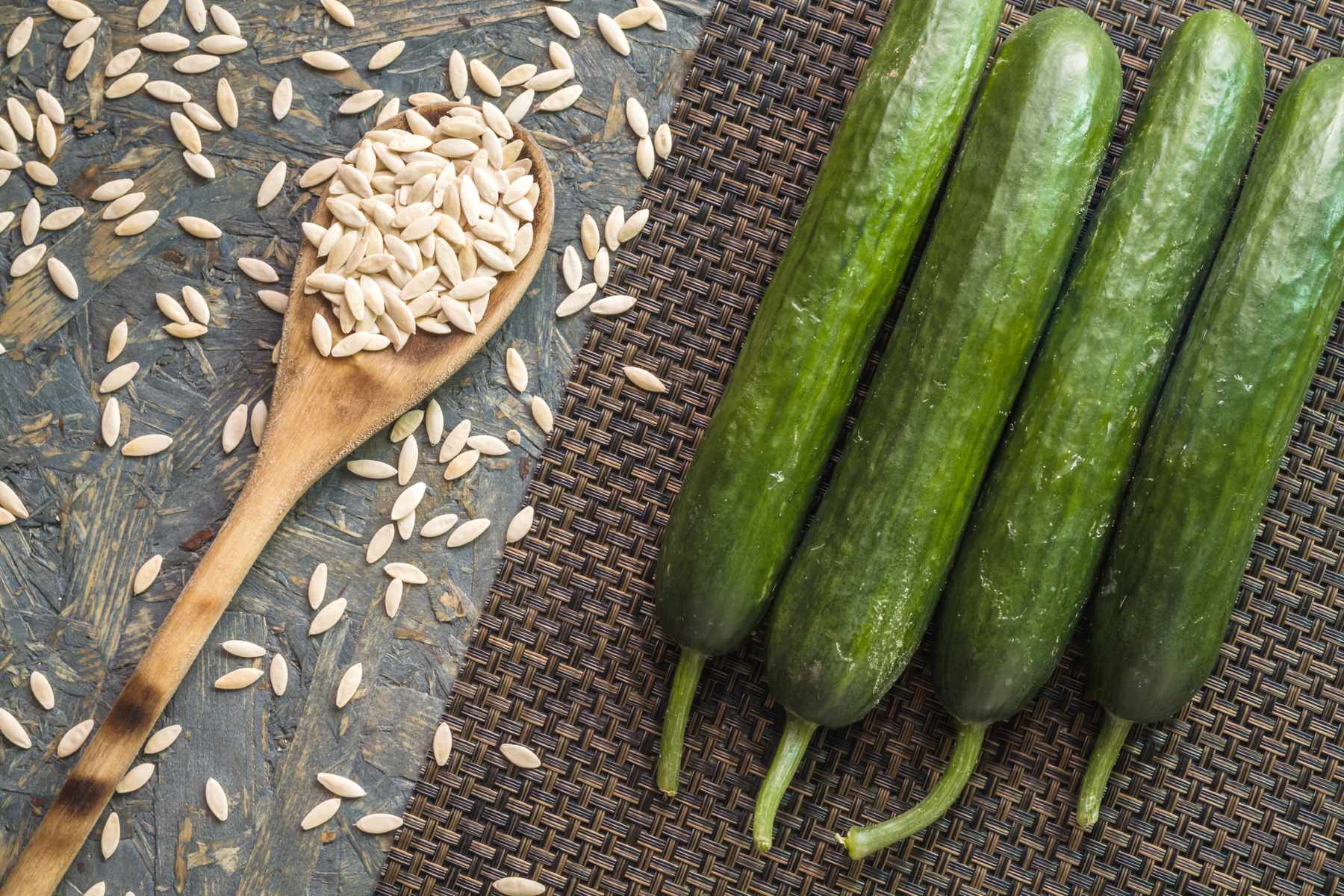
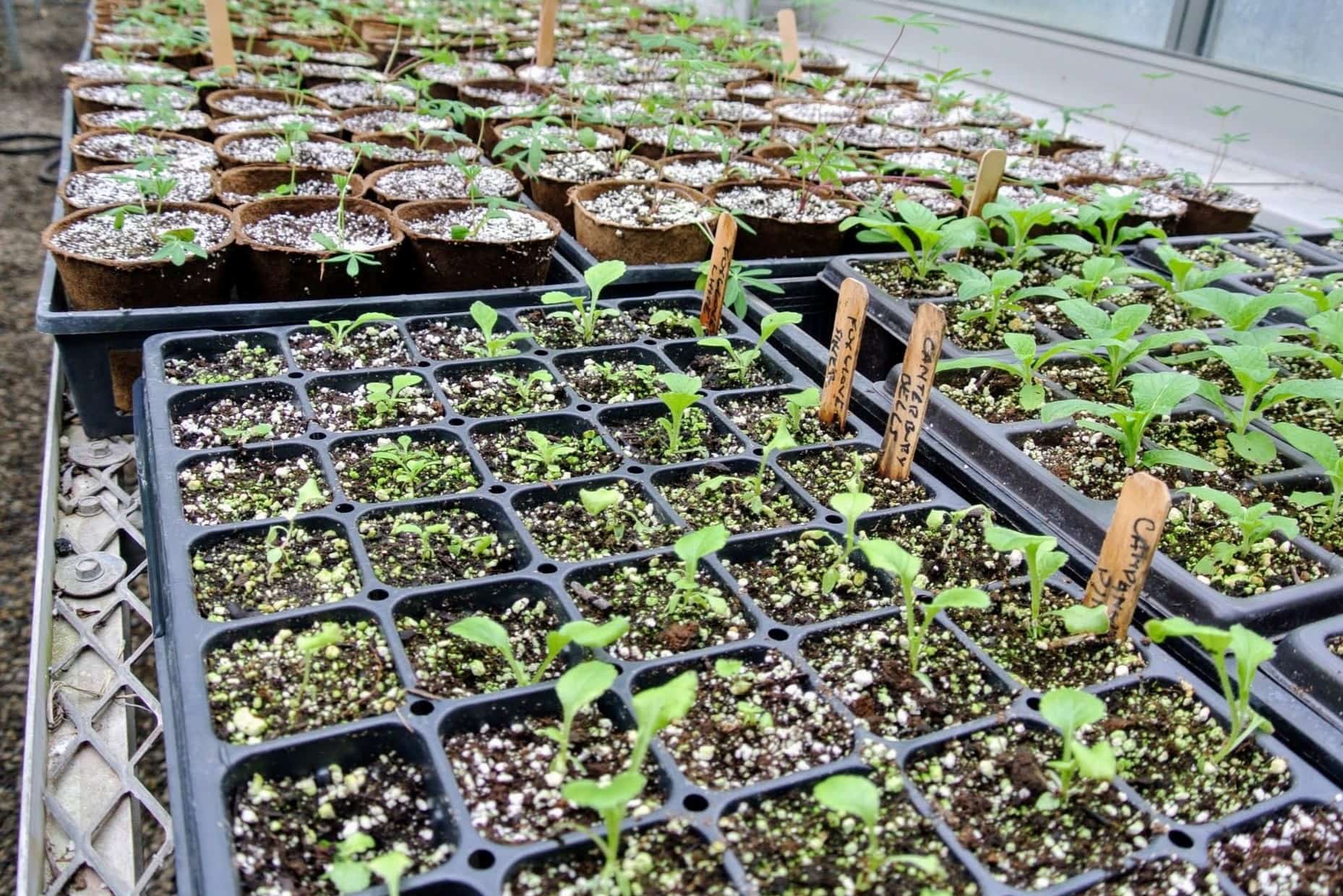
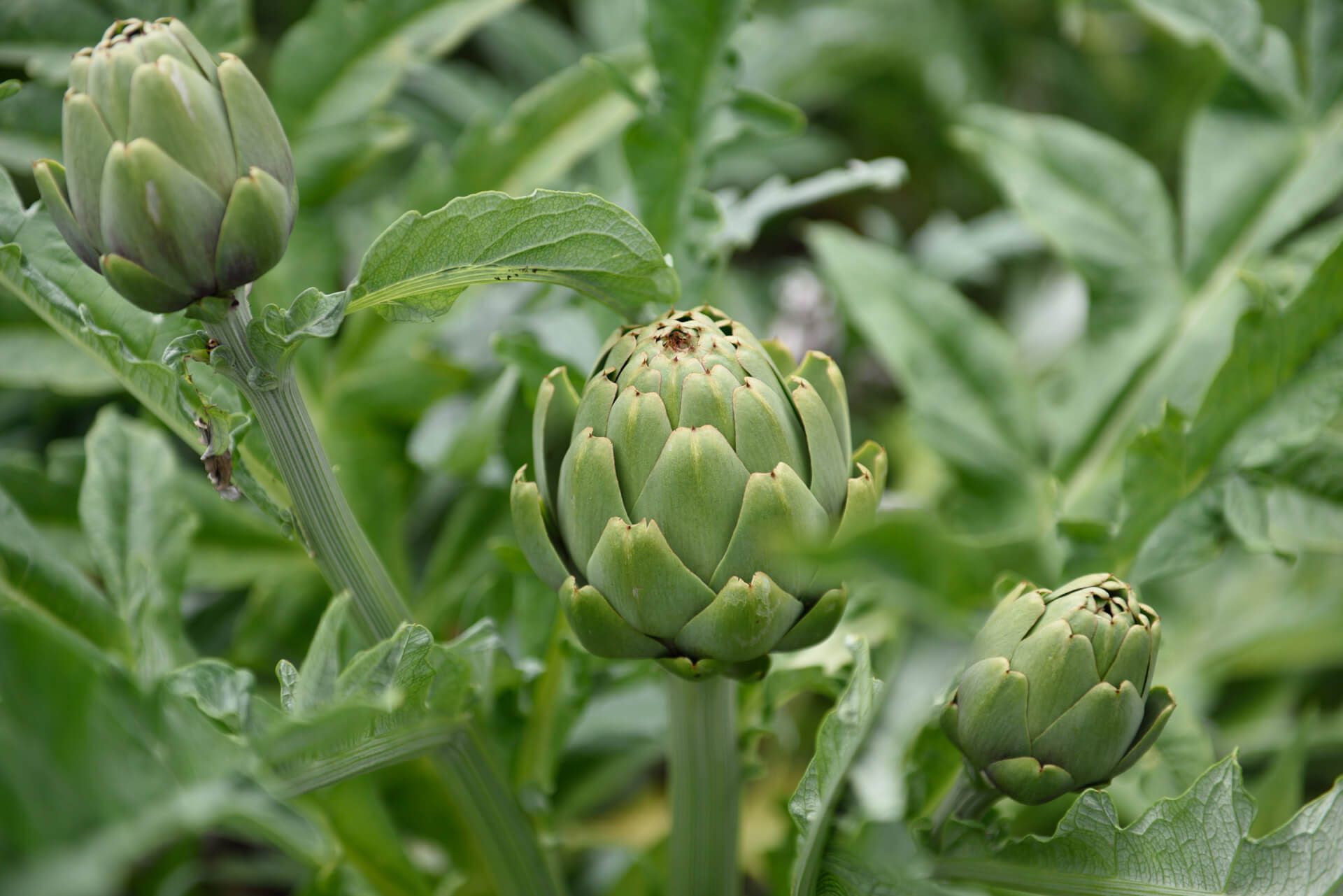

0 thoughts on “When To Start Hot Pepper Seeds Indoors”